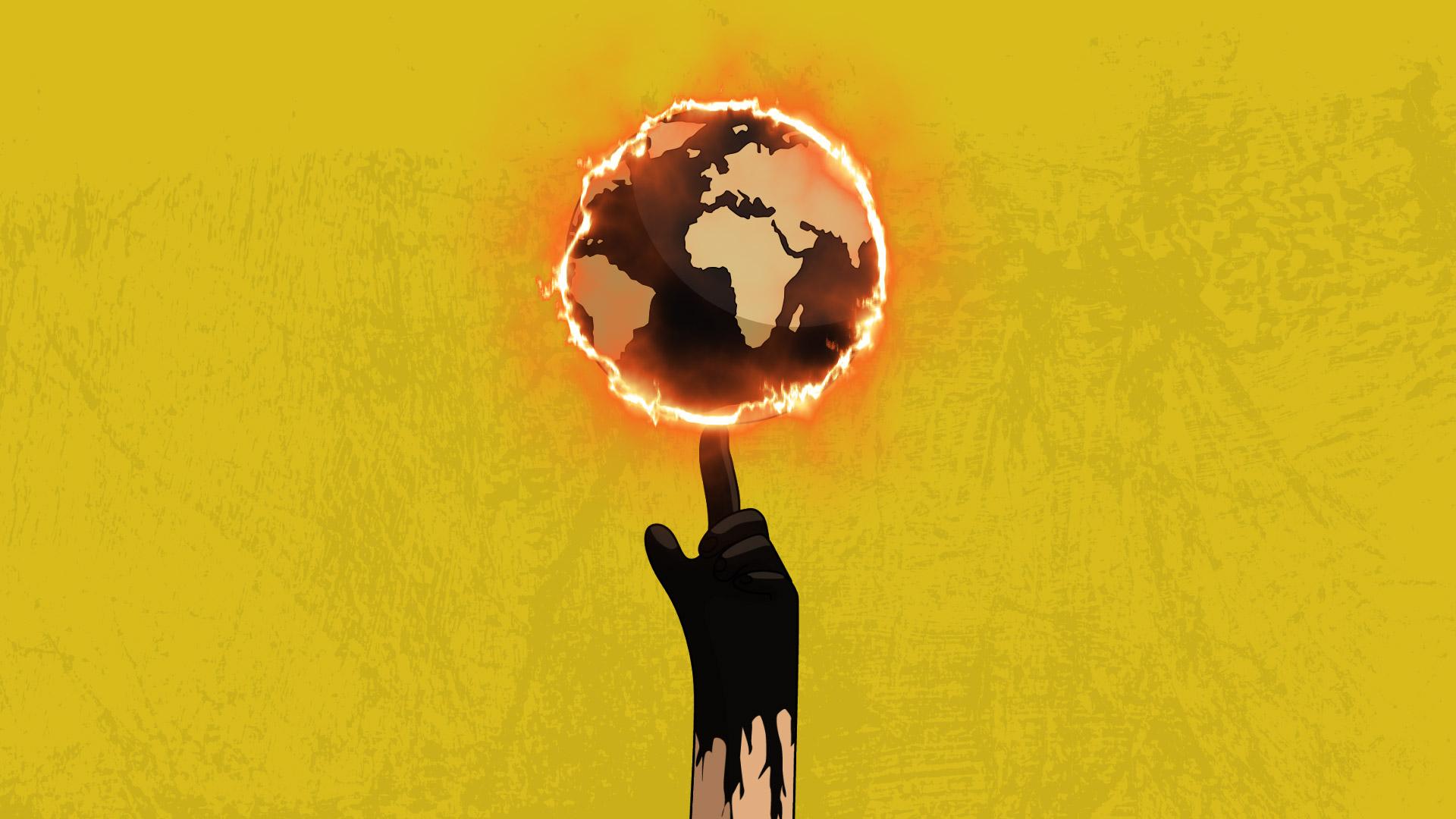Medio ambiente / Dirty subsidies
Dirty subsidies
2020 was supposed to be the year the EU would launch its ambitious plan to tackle the climate crisis. But why does Europe sabotage its climate goals by subsidising the fossil sector by more than €137 billion per year?
Julio 2020

2020 was supposed to be the year the EU would launch its ambitious plan to tackle the climate crisis. But why does Europe sabotage its climate goals by subsidising the fossil sector by more than €137 billion per year?
“Today’s the start of a journey. This is Europe’s man on the moon moment.”
That is how, in December of 2019, European Commission President Ursula von der Leyen described the European Green Deal.
2020 was supposed to be the year the EU would launch its ambitious plan to tackle the climate crisis.
Yet, the actions of many of its member states show a pattern of climate hypocrisy.
When we calculated tax exemptions for the fossil sector, the car, aviation and shipping industries and the free certificates that companies receive from the government to emit Co2, we found that European countries subsidise the fossil sector by more than 137 billion Euros per year. Before and after Covid-19, this shows no sign of changing; on the contrary.
It has been argued that, “Behind each tax break and subsidy for fossil fuels you have a lobby”. Aligned against the European Green Deal are powerful pressure groups seeking to maintain the status quo. But why do Europe’s leaders stick with this dangerous plan and sabotage their own climate protection policy? Investigate Europe explored this question in discussions with ministers, commissioners, members of parliament, lobbyists and scientists and came across an almost inextricable tangle of historically grown dependencies, political opportunism and a fundamental misconstruction of European legislation.
In our calculation for the above map, we have included direct subsidies, tax relief and tax exemptions, investments in infrastructure for the fossil sector and free allocation of emission rights. We have used government sources and reports from the OECD and organisations such as the Climate Action Network and think tanks like the German Institute for Applied Ecology. For each subsidy, we have used the latest available data from the years 2016-2019. In total, the 27 EU countries plus Norway, Switzerland and the United Kingdom subsidise the fossil industry with at least €137 billion annually. For 19 of these 30 countries, only data about free emission permits were available, and that too only for states from the OECD. This covers only a part of the support for fossil fuels. Thus, the actual amount of support for the use of fossil fuels is probably bigger.
Web Exclusives
Discover more
Publicaciones

Europe’s love affair with fossil fuels
OpenDemocracy, UK
19 agosto 2020

Fossil fuel subsidies: Europe’s dirty money
Mediapart, France
3 agosto 2020

Dirty subsidies
Rheinpfalz, Germany
2 agosto 2020

They poison people, destroy the climate, and get hidden subsidies. Poland is a champion in this
Newsweek Poland, Poland
16 julio 2020

Billions in fossil fuels stand in the way of a green shift in Europe
Energi og Klima, Norway
14 julio 2020

This is how taxpayers support fossil energy
Energi og Klima, Norway
14 julio 2020

Mozambique: Fossil investments with state guarantee
Il Fatto Quotidiano, Italy
13 julio 2020

How Europe cheats on climate protection
Republik, Switzerland
6 julio 2020

How Europe subsidises the main causes of global warming with billions
Público, Portugal
5 julio 2020

A law full of “holes” threatens environmental policy in Europe
Público, Portugal
4 julio 2020

How Europe’s countries sabotage their own climate goals
Der Tagesspiegel, Germany
3 julio 2020

Sweden defies the decision to phase out fossil subsidies
Sveriges Natur, Sweden
3 julio 2020

Europe is full of dirty subsidies
Trends, Belgium
1 julio 2020

Fossil insured
De Groene Amsterdammer, Netherlands
1 julio 2020

Forget the Green Deal — in the EU, billions go to big polluters
Il Fatto Quotidiano, Italy
29 junio 2020

Capacity market: When the public helps make the usual suspects happy
Il Fatto Quotidiano, Italy
29 junio 2020

Support for fossil fuels: France’s hypocrisy in Mozambique
Basta!, France, Basta!
19 junio 2020
